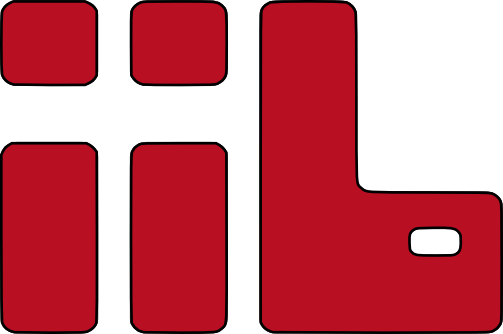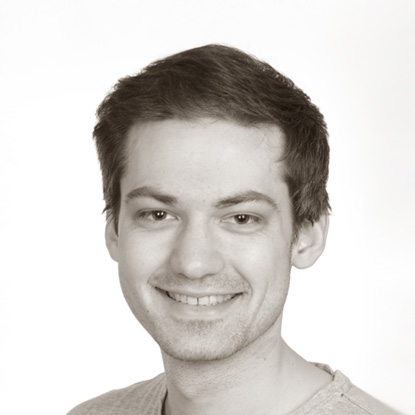Popal, Harun Reschad: Aufgabenspezifische Zusammenführung und Veranschaulichung relevanter Informationen des digitalen Campusmodells der TU Darmstadt mittels einer interaktiven Umgebung
Bachelor thesis
Task specific merging and visualization of relevant information of the digital campus model at TU Darmstadt by means of an interactive environment
Due to the constant digitalization in different areas building contractors are forced to optimize their business processes. An important part of this is Building Information Modeling, which facilitates the implementation. In order to guarantee competitiveness, more and more data and information is being digitized. The resulting data and information is usually viewed without any references and thereafter stored. Similarly, the Technische Universität Darmstadt has a number of files available as a part of the Digitales Campusmodell (creation of digital building models of the campus of the Technische UniversitätDarmstadt) which are mostly used without context.In order to connect these files the aim of this bachelor thesis is to develop an interactive environment.This environment is intended to merge and visualize the resulting files in a task specific basis. The Digitales Campusmodell serve as the basis for this. For this purpose a web application will be developed, that can be used independently of the platform, which offers any interaction with the user.The web application is designed with clarity and simplicity to ensure fast access to files and information.In the course of this bachelor thesis the history and respective advantages and disadvantages will first be dealt with in order to then explain various integration possibilities within the context of Building Information Modeling. Furthermore the current technological status is described and in more detail which technologies are relevant for the web application. The web application is based on the programming language JavaScript, which ensures interactivity with the user. Autodesk Forge is implemented to display building models with a variety of information. The Google Maps API is used to display the campus Lichtwiese. The third chapter then deals with the concept, concretizing various code implementations.Since the developed web application is implemented locally on a computer at the time of development and is currently not accessible for public, the application is described in two practical cases in order to demonstrate the added value of the web application for different groups. In this way existing vulnerabilities can be checked and moreover the developed web application can be validated. The vulnerabilities within the resulting web application provide a point of reference for the further development of a fully accessible web application for the campus Lichtwiese, so that different processes can be improved.



